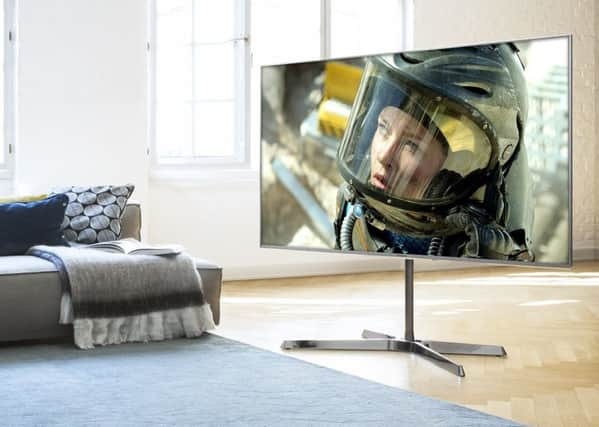How and when can you watch in ultra-high definition on the iPlayer?


That is the stated aim of Lord Hall, the corporation’s director general, who wants the platform “reinvented” to see off the challenge from internet-only services like Amazon Prime and Netflix.
But there’s a snag: the future of TV is in ultra high definition, also known as 4K resolution. If you’ve bought a new set recently you probably have it already, and Netflix, Prime and others have been producing and streaming shows in 4K for some time.
Advertisement
Hide AdAdvertisement
Hide AdThe BBC, on the other hand, has yet to emerge from the experimental stage. It does not transmit in UHD but many of its programmes - and indeed those of most other broadcasters - are made in that format, because they have a long onward life after their initial broadcast. Planet Earth II is a notable example and the iPlayer could be used to distribute it in all its glory.
The BBC does have a high-def system, developed with the Japanese public broadcaster NHK, and called Hybrid Log Gamma, or HLG. Currently, you can use it to watch a four-minute iPlayer highlight reel of Planet Earth II, but only on compatible TVs. If your set is not made by either LG or Panasonic, it’s probably not compatible.
Currently, you need either a Blu-ray disk, an Xbox One S or PS4 Pro gaming console, or a monthly subscription to get UHD on your TV. But HLG will eventually change that, allowing high definition content to be broadcast over the air. There is no word yet on when this will happen or just how “compatible” your TV will have to be, but it should be possible for manufacturers to upgrade the software on existing 4K models to also support HLG. Whether they will choose to do so is another matter.
The current Planet Earth test is a public trial, which is why is doesn’t work on all sets. When HLG is finally rolled out, you should - theoretically - not need a 4K TV with the enhanced colour standard known as High Dynamic Range (HDR) to watch it, because the system will be capable of displaying standard colours on a non-HDR screen. However, if you currently have a 4K set without HDR you may wait in vain for your upgrade.
Advertisement
Hide AdAdvertisement
Hide AdThis begs the obvious question: which TV sets on sale now can be guaranteed future proof for the foreseeable future? The answer is clearly none of them.
Yet HLG is an important technology because it will - again, in theory - one day transform your expectations of free-to-air TV, and when that happens you won’t want to be without it.
So for now, the best advice is as it was last year: don’t over-invest in a new TV. Buy a 4K set by all means, because prices have fallen dramatically since their introduction. But spend only as much as you are comfortable writing off in three or four years’ time. Today’s cutting-edge technology is tomorrow’s bargain buy at your local Aldi - and at a time of changing standards, that has never been truer.